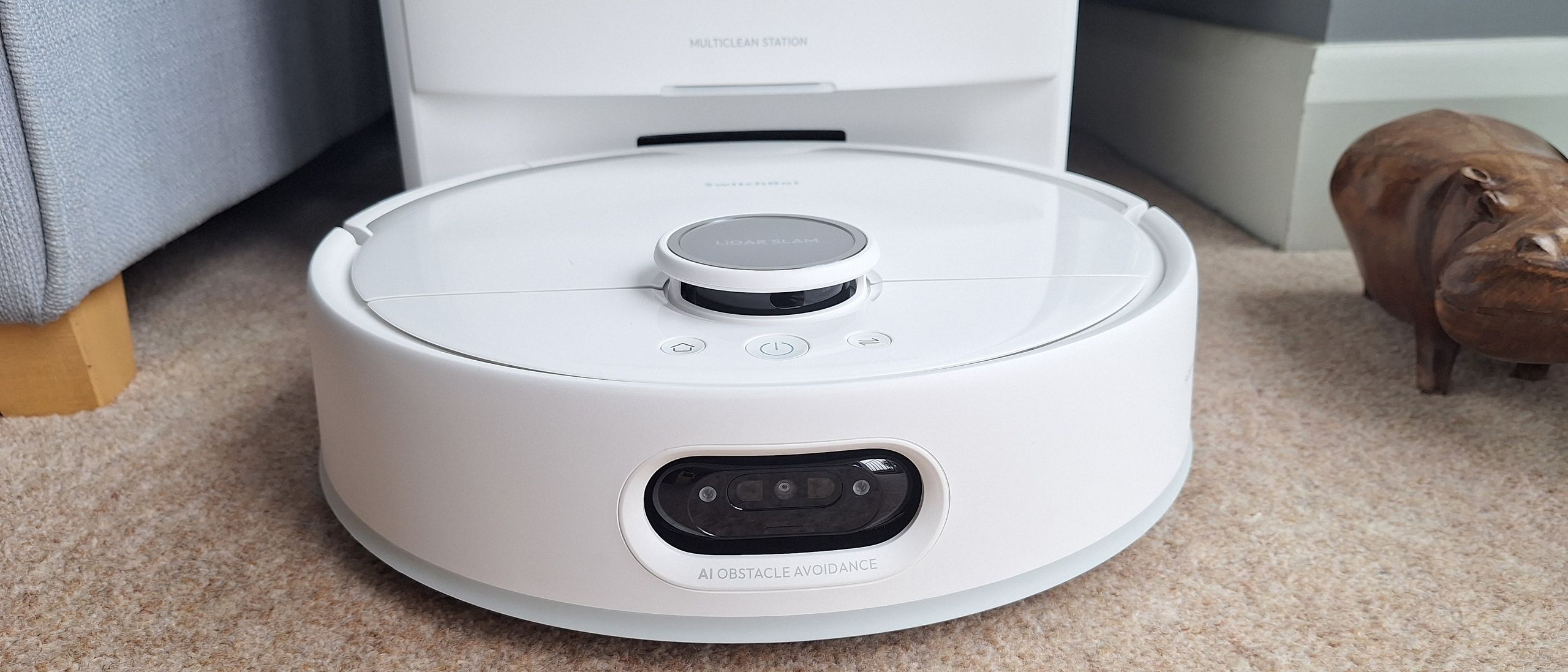I’ve worked in several fintech companies. Many of my friends and acquaintances work in fintech. I’ve also talked at length with people who hire — or used to hire — others in fintech. And one thing stands out:
toxic work culture is too often normalised in fintech. It is treated as inseparable from rapid growth. Some heads and C-level folks are even proud of it: “This pressure, this fear, this machine-mode. That’s what drives us.”
But spoiler alert: it doesn’t. It kills long-term growth, kills loyalty, and slows your product delivery.
What the research shows
You don’t have to take my word for it. The numbers are bleak:
-
In the UK, a survey of 2,022 employees
found 75% have experienced a toxic workplace culture, and
87% of those reported negative mental-health impacts. -
In the finance industry, 57% of workers
wouldn’t accept a job with a company known for a toxic culture; 45% have left a role for that reason. -
Broader research
confirms that toxic workplaces reduce engagement, productivity and increase turnover risk.
So if you’re in fintech, you must acknowledge that culture is not a luxury. It’s a strategic lever.
What toxic culture looks like in fintech
Drawing from my time in fintechs, and from conversations across the industry, I see recurring patterns:
-
Fear of making mistakes. Line teams feel they must follow “the conveyor belt” strategy without deviation. Try something different? That’s an error, not an experiment.
-
Focus only on defects, never on wins. “We’re high-growth, we decide fast” is the mantra. Yet behind that a casual disregard for humans: accolades are public numbers (“£XXX m revenue”), while internal teams get called out for mis-steps.
-
Everyone competes to be better than their peers. Healthy competition is fine, but when the company formally rewards only “the best”, and parades that culture, you get back-biting, stress, and less collaboration.
-
People lose their personality. They become part of the machine: “Crank out features, ship, repeat”. Human beings get treated like throughput. The deeper the culture of hustle, the harder it is to show vulnerability, to ask questions, to
invite alternate ideas.
What I did — and what you can — do to fix it
When I joined my latest company, the toxic culture was clear. I decided: we’re going to turn it around. I started with the product-design team, then the onboarding product team, then other product teams. Simultaneously I measured three key metrics:
- number of chat messages in common channels,
- engagement in common meetings,
- number of overdue tasks.
Here’s what I implemented:
-
Weekly “non-work” team meeting. For 30–40 minutes people share personal news, hobbies, wins outside work. Talking about work was explicitly forbidden. Attendance was mandatory.
- No stakeholder messages after 7 pm. People were told they can ignore them; I absorbed the escalation. Set clear boundary.
-
Monthly “achievements” meetings. Not only “we shipped X”, but “what I’m personally proud of this month (inside or outside work)”.
Here’s what the metrics showed:
-
Chat messages +25% → People chatted more freely with colleagues, less fear, more genuine connection.
-
Meeting engagement +13% → More ideas, more voices, less silence.
-
Overdue tasks –8% → Productivity rose, not because we worked more hours, but because we worked better.
Why this matters to you (and your product)
In fintech you often hear: “Speed is everything”. But speed derived from fear will cost you twice over: via employee churn, via slower decision-making (because no one speaks up), via diminished quality (because mistake fear kills experimentation).
By reducing toxicity you gain:
-
Faster product cycles (teams collaborate, try, fail fast safely).
-
Higher employee retention (less burnout, less flight, more continuity).
-
More innovation (when people speak, you get new ideas).
-
Stronger brand and customer trust (culture leaks; a poor internal culture eventually hits service, risk, customer experience).
Final word
If you’re a product leader in fintech, ask yourself: What culture am I fostering? Fear-based hustle? Or human-based excellence? Because a conveyor-belt culture might ship faster today, but it bleeds tomorrow.
Flip the script: treat people as creators, not cogs. Make time for humanity. Set boundaries. Celebrate wins. And watch your metrics improve.
Because culture isn’t an HR side-project — it’s your growth engine.













